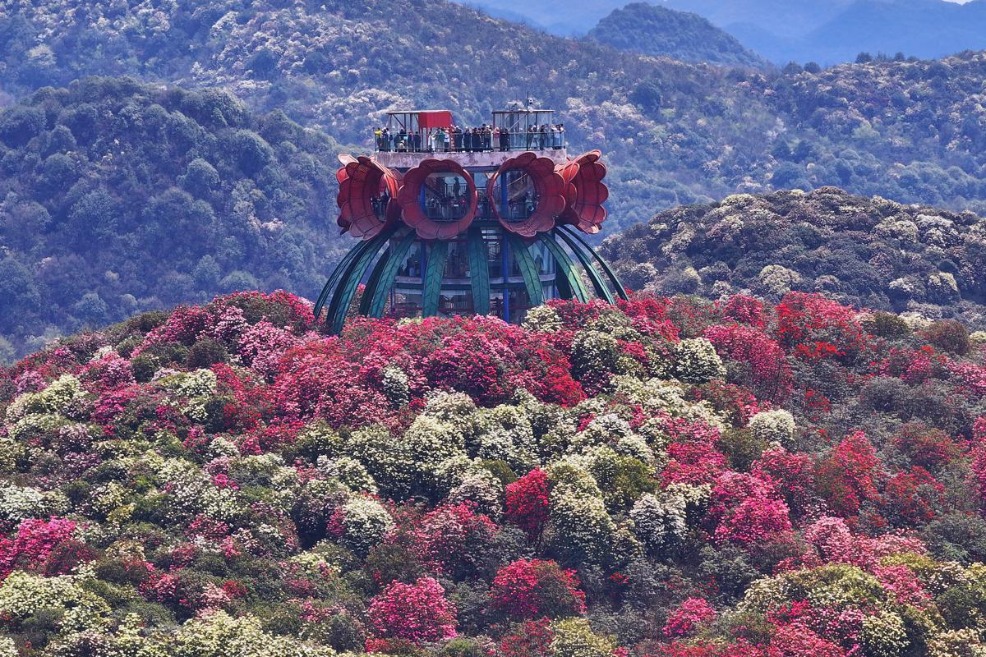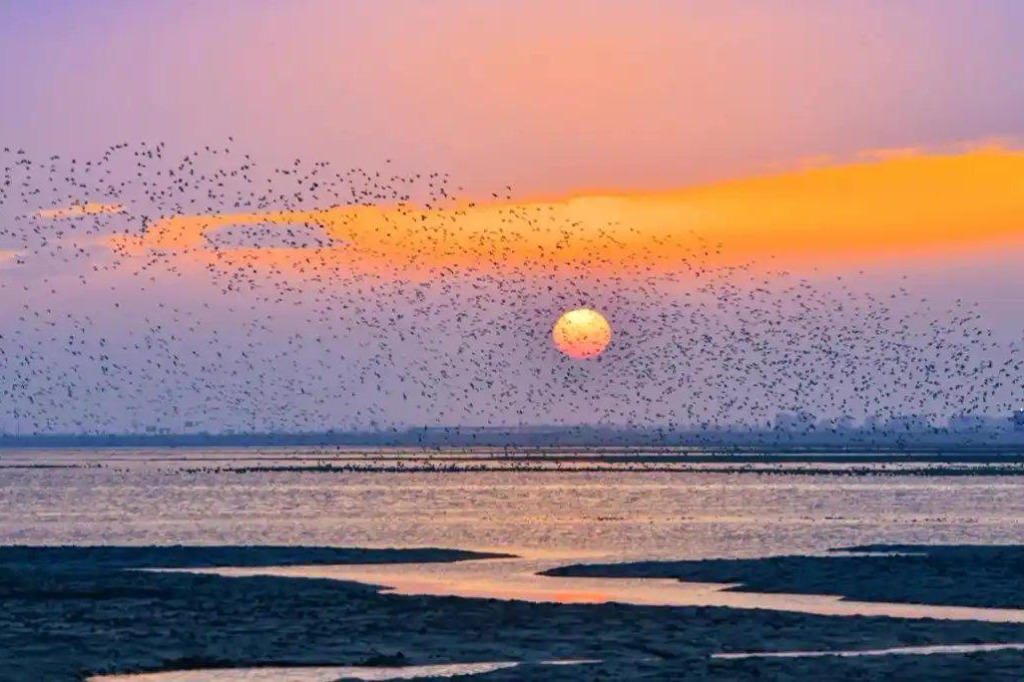Mineral extraction halted to save camels

In moves to protect wildlife, more than 130 mining projects in two large nature reserves in northwestern China have been closed, while 15 more have been told to cease operations when their licenses expire.
Western Region Gold Co had two applications for gold and iron exploration in the Xinjiang Uygur autonomous region rejected on Aug 4 as the land it wanted to explore is in the Lop Nur Wild Camel National Nature Reserve.
The company was also told to halt all exploration activities in the area, and that all future applications will be rejected - in line with a national guideline issued this year that aims to create an ecological "red line" by the end of 2020.
The moves come after authorities closed down 132 prospecting projects currently operating in the camel reserve and in the Altunshan Nature Reserve, both of which are located in Ruoqiang county.
"Since April last year, we have been notifying prospecting and mining companies," said Alimjan Mamat, head of mineral resources management for the county land and resources bureau. "Some stopped exploration activities in order to avoid unnecessary investment and losses."
The gold company said it had invested more than 82 million yuan ($12.3 million) in preparation for the two new exploration projects. The company said it had halted all exploration activities to minimize its losses.
"We will stop illegal prospecting and mining in nature reserves through tougher oversight and supervision, to better protect the ecology and promote a sustainable economic development," Mamat said.
The Lop Nur Wild Camel National Nature Reserve is the largest dry desert reserve in Xinjiang, covering 61,200 square kilometers. It was established in 1986, according to the Xinjiang Environmental Protection Department.
The reserve is home to wild Bactrian camels, which are more scarce than the giant panda. Experts estimate fewer than 1,000 live in the harsh deserts of China and Mongolia. The animal is listed as critically endangered by the International Union for Conservation of Nature.
About 600 wild Bactrian camels, or 60 percent of the global population, live in the reserve.
Wang Xin'ai, head of the Xinjiang Wild Bactrian Camels Protection Association, said the ecology of the reserve is very vulnerable, and illegal mining activities not only threaten wildlife but also destroy vegetation.
From July 19 to 21, nine illegal operations that were extracting sand and stones within the reserve were demolished, according to the reserve's management office.
Experts said law enforcement should be strengthened to curtail destruction of the camels' natural habitat.
Zhang Yi contributed to this story.
- Measles and rubella cases remain at low level, epidemic expert says
- Sinan Mansions to host nature-themed events during Shanghai International Flower Show
- Shanghai Natural History Museum unveils ambitious plans
- Former Xinjiang political advisor stands trial for bribery
- Lingshui unveils investment potential at global expo
- Hainan University showcases implantable brain-computer interface technology



































